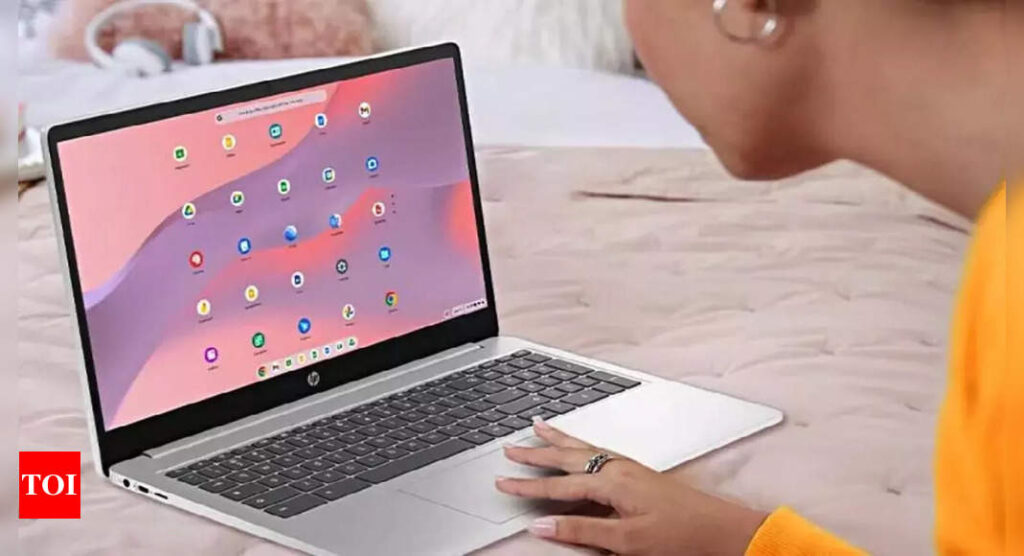[ad_1]
How do you see the Indian market amid a global slowdown?
India will perform better than the rest of the world. Given the projections of growth for the country over the next five, 10 and 15 years, it really gives us a lot of confidence in the opportunity and how the market will evolve. GDP projections say that by 2030, India will be above $7 trillion, which will put it very close to being the third biggest global economy. It’s a very significant progress.
What does it mean for your company?
This means that we need to continue to invest in India. We need to invest to grow our business. We need to invest to be able to produce in India for India. We have been doing this for many years, but we clearly need to intensify, and we will intensify. And then we need to innovate in India for India, and eventually for the rest of the world, because the penetration of PCs and printers in India is still low, lower than other countries.
How difficult was it when the Indian government suddenly announced changes in the laptop import policy to prompt companies to invest rapidly in local manufacturing?
Our policy is to support the requirements of local governments. We fully understand and support the decision of the Indian government. We have announced that we will be part of PLI 2.0 and we are really focused on that and working to make it happen. Going forward, a large part of the products will be manufactured here… (and) a big part of the portfolio will be done locally. Today, it is a small, relatively small number. But you’re going to see these change aggressively over the coming years.
How do you see the focus of the Indian government on procurement from ‘trusted sources’, which could mean looking at suppliers beyond China?
Cybersecurity has become a key need for any company and any government. And the trusted source requirement that the Indian government is driving is not unique. We get similar requests from other governments. Our role is not to question whether it makes sense or not… Our role is to meet the requirements in the most competitive way.
Often there’s a comparison between India and China. China is a manufacturing powerhouse, and India the ambitious kid in town. Can India mirror China in manufacturing?
It is a long way for India to get to the level where China is today. But then not only us, even the rest of the companies started to produce in China probably more than 30 years ago. It took a long time to get there… Clearly, there is a big opportunity for India, given the current geopolitical situation and the need to diversify manufacturing capabilities.
You said computer penetration in India is very low. How affordable can your notebooks get?
I think we need to really make them very affordable for families to get access to their first computer. If you look at smartphones, it today takes $10 or $15 from a monthly subscription perspective for a family to gain access. This is a goal that we have to have a $10 or $15 per month subscription. It will take us some time to get there but that’s a good goal to target.
With Google Chromebook partnership, you have gone to around $250 (around Rs 20,000) in India in laptop affordability. Can you go even lower, say under $200 (Rs 16,000)?
Yes, we can. But I don’t think this will be the end of the game. I think to really penetrate the market, we need to continue to go lower.
[ad_2]
Source link










More Stories
India’S Growth Forecast: S&P ups India’s FY’24 growth forecast to 6.4% on robust domestic momentum
India to remain fastest-growing major economy, but demand uneven: Poll
Jack Ma: Jack Ma gets back into business with ‘Ma’s Kitchen Food’